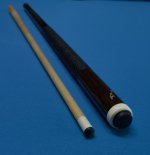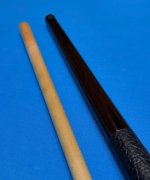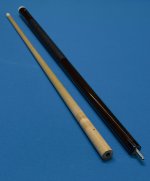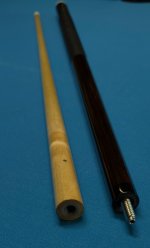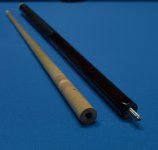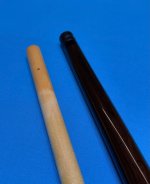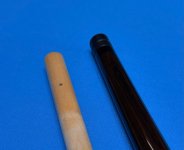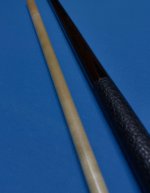It’s hard to believe — but in about a month, the 2026 edition of the Derby City Classic is starting. And this year will be different.
-
If things had stayed on their old path, we’d be celebrating the 10th year of Accu-Rack’s presence, my 15th year on the crew with Accu-Stats, and 27 straight years of Pat Fleming broadcasting every shot on the TV table for fans everywhere.
-
But life and business change — sometimes faster than you expect. And with everything up for sale, we’ve found ourselves making difficult decisions. We will not be paying to be the template sponsor. Our model is to help any grassroots event in the USA by providing them custom templates for free or as close to cost as possible. If I Pay to Play with just a few large bodies who don’t need our help I can no longer stay on the path I chose.
-
I’m going to miss it all — the hundreds of custom templates, those sleepy 6 a.m. mornings marking the tables, the adrenaline of 9-ball day, and even the brutal 26-30 hour marathons when the schedule didn’t cooperate. Most of all, I’ll miss seeing friends, vendors, familiar faces who’ve become like family over the years.
-
I am taking the sponsor money and putting it into the 2026 ad budget instead — just turning the page. We’re launching a new league program. If you run a league, we’ll provide free custom templates for every team at the start of each session, with extras available at a discount. Want more? We can help you — and maybe your bar or local beer distributor can too.
-
We’re also offering ad spots on the templates. This year we supported over 85 events and reached hundreds of thousands of players and fans. At a CPM of only a few cents per you cannot beat “The best business card in the industry”. First spot for sale is the Diamond No Excuse Program spot. Out of goodwill it was on every stock template for the last 5 years.
-
Share and tag your league operators in this… Tell em to email
Outsville@gmail.com. And we can get them sorted.. Thank you to everyone who’s been part of this journey. Here’s to what’s next.
